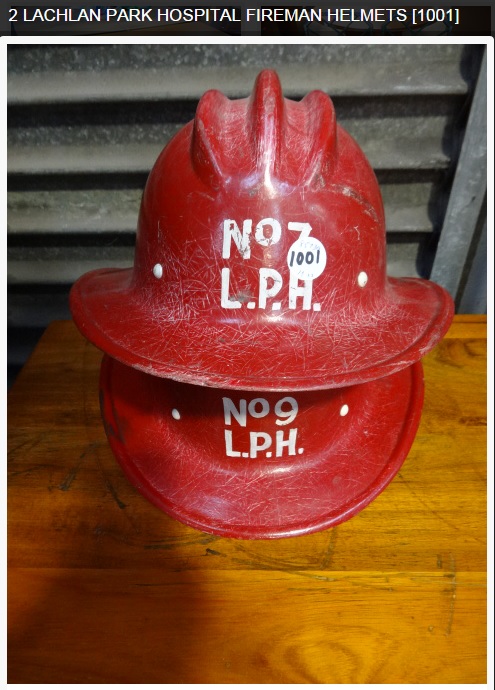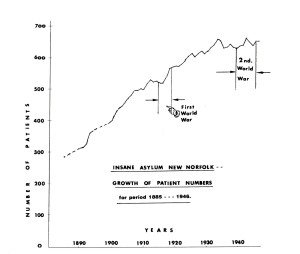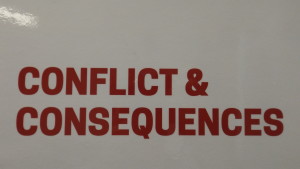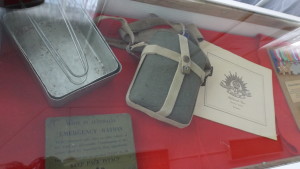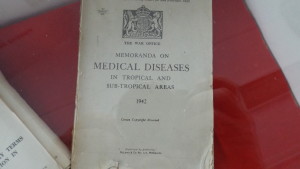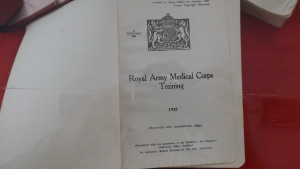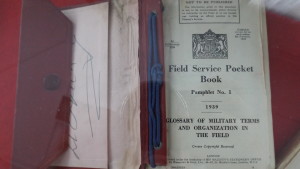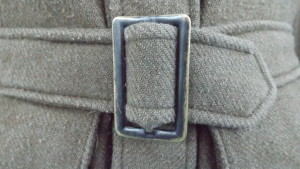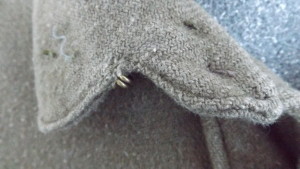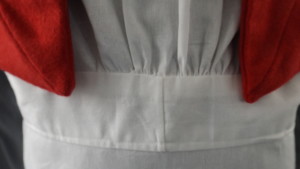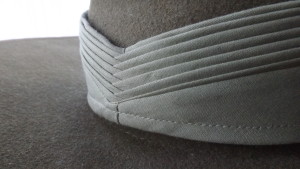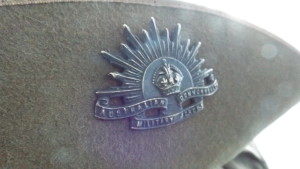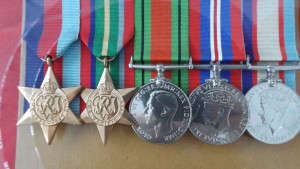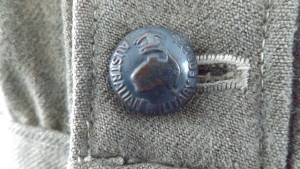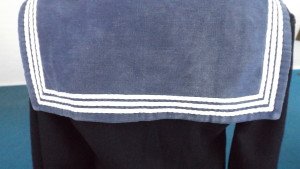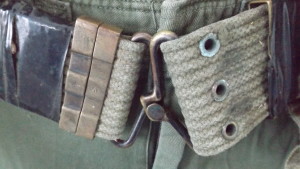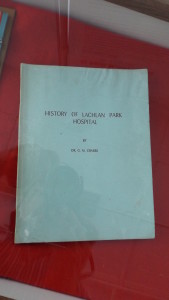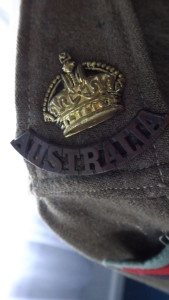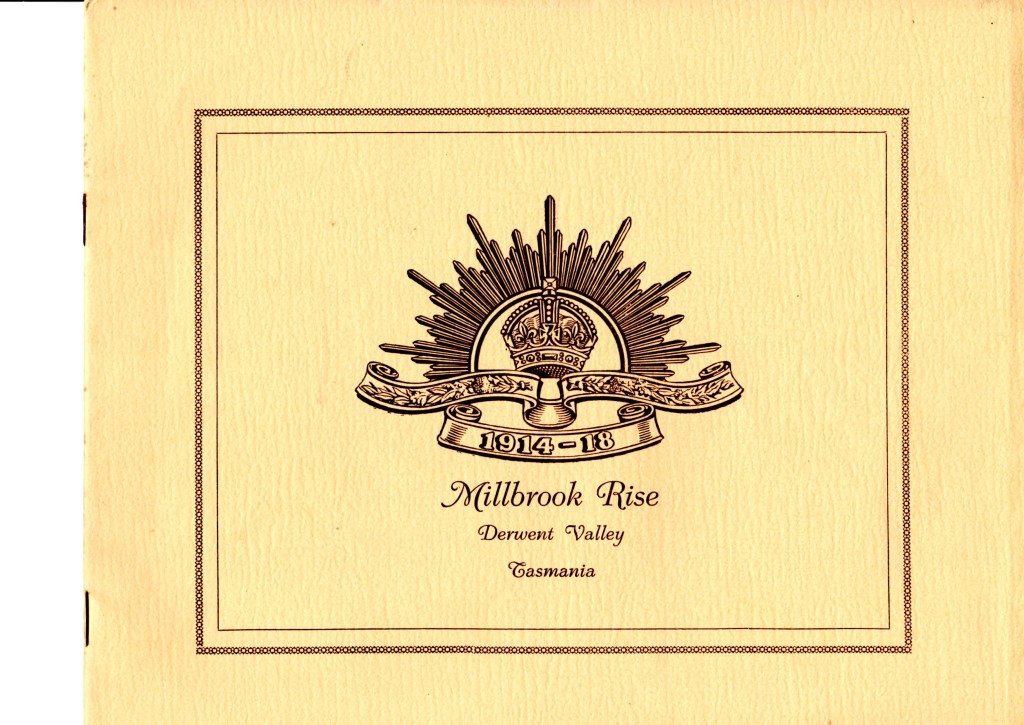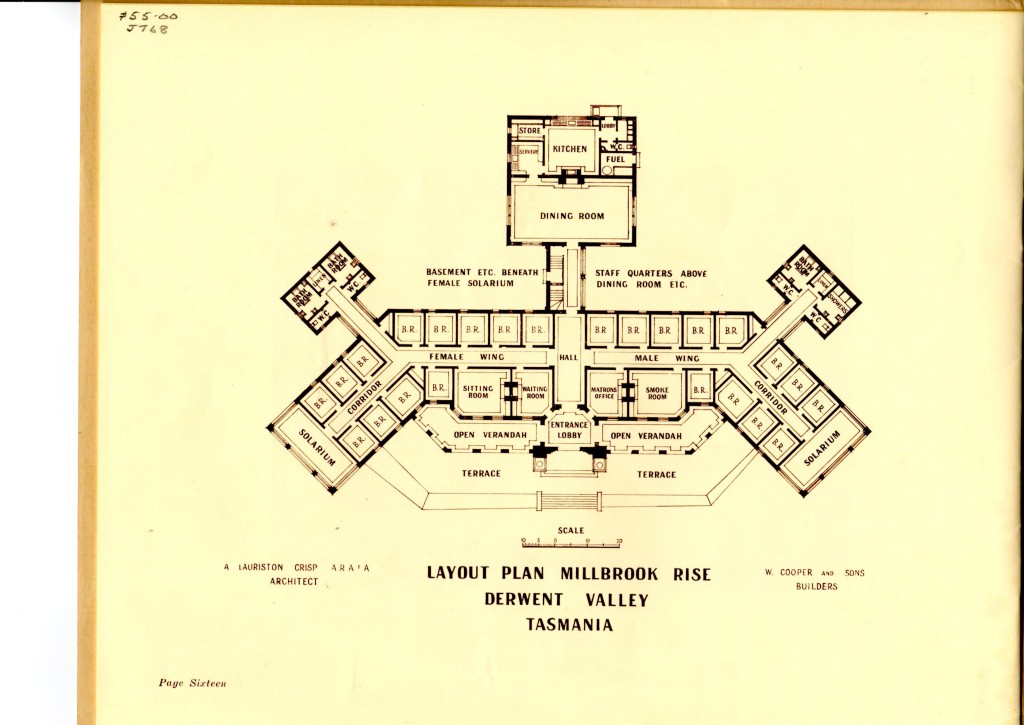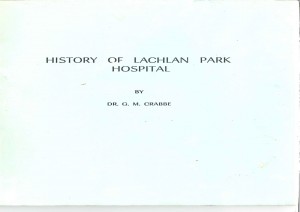Today I attempted to buy two Lachlan Park Fire Helmets at an auction so they could be placed in the Hospital’s Historical Inventory. After discussing the top price that could be paid with the Chair of the Friends of Willow Court I placed a number of bids, only to be outbid. The items dated back to pre 1965 when The Lachlan Park Hospital changed it’s name to the Royal Derwent Hospital and would have been a good inclusion to the historical items that are logged and ready for display. They would have gone nicely with the original fire cart which is in the inventory.
The Collection of historical items was recorded on a number of inventories which are being upgraded by students working with Associate Professor Heather Burke from Flinders University. A lone copy of the 1996 inventory was found and saved to a digital copy a couple of months ago. It will be very interesting to see if all the 1996 items still appear on the latest inventory. It is believed that some of the precious items have disappeared over time. The current Derwent Valley Council appear to have stopped this flow of historic items disappearing, which is good to hear.
Rebecca Tudor from the Friends of Willow Court stated at a recent meeting that she is concerned for the state of the items and how they are stored. She is also hopeful that these items could be cataloged similar to those at her workplace, at the Tasmanian Museum and Art Gallery. The condition the provenance and other available information about the item should be stored with the item so when it is taken from storage to display, it will carry all the essential information with it. This is a better way to ensure that items on display are time and subject related to the actual display they are going to appear in.
The Helmets sold for $150,00 plus a buyers premium of 15%
